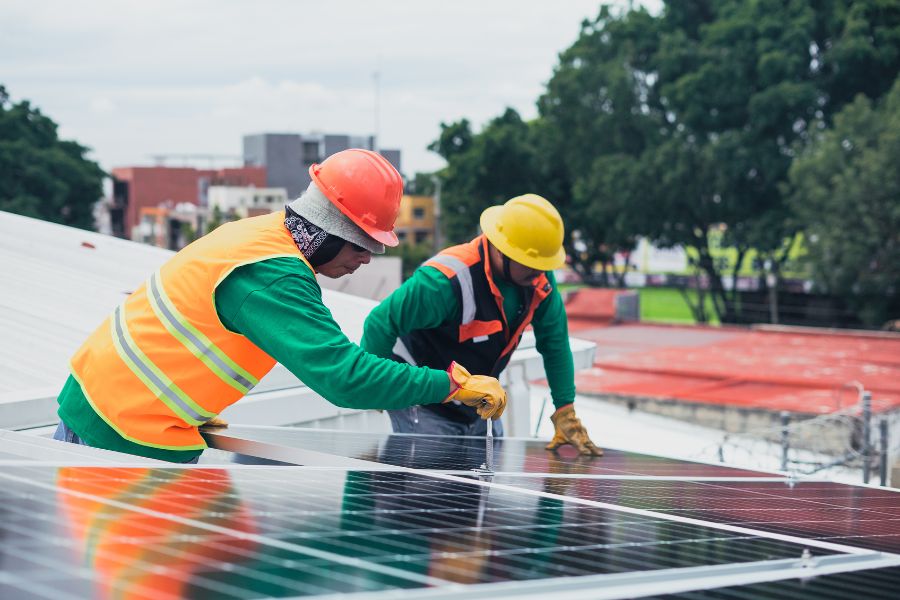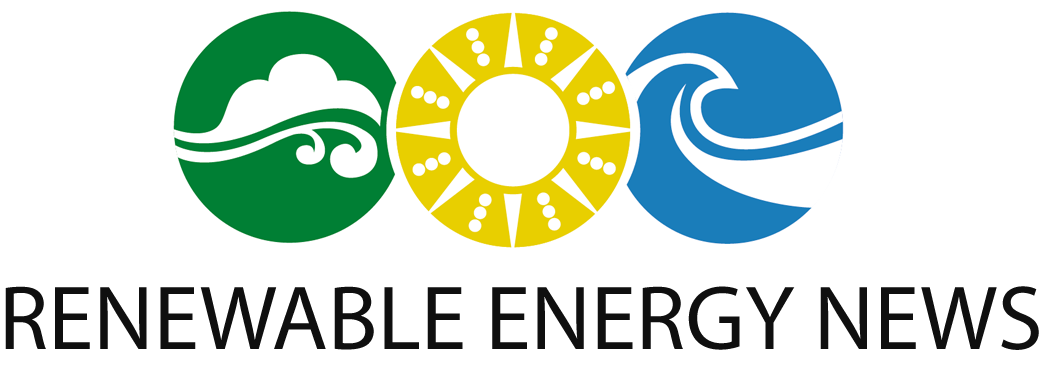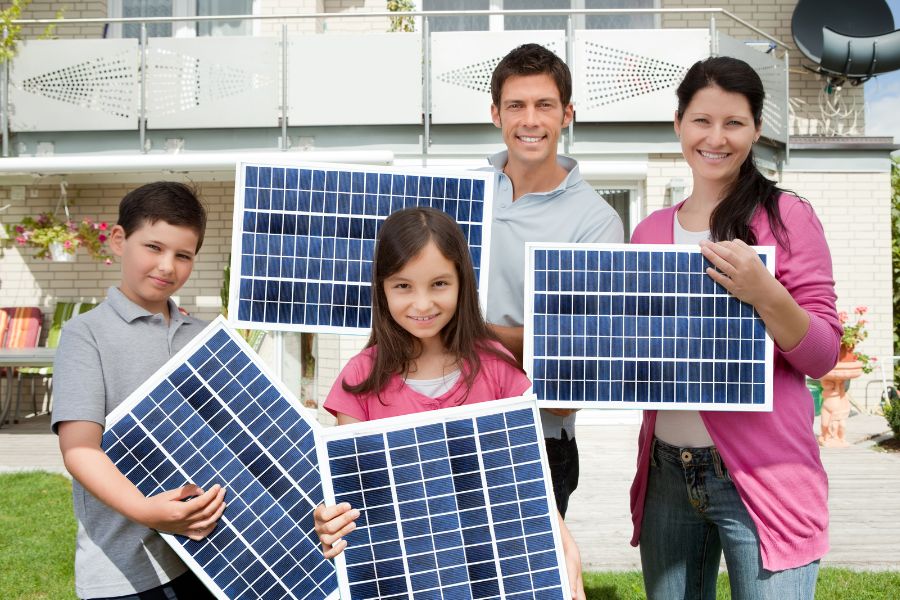Solar energy is becoming an increasingly popular choice for homeowners and businesses looking to reduce their carbon footprint and save on electricity bills. Some of the common questions that arise when considering a solar installation are, “How many panels do I need for a 10KW solar system?” and how much does a 10KW solar system cost?
In this article, we will explore the factors that determine the number of panels required for a 10KW solar system and provide some insights into the planning process.
Decoding the 10KW Solar System
First off, let’s decode the technical jargon. When we talk about a 10KW solar system, we’re essentially referring to a system with the capacity to produce 10 kilowatts (KW) of electricity under ideal conditions. But how do you translate that into the number of solar panels you need? Well, it’s not as complex as it might seem.
To determine how many solar panels you require for your 10KW solar system, you’ll need to consider factors like location, panel efficiency, available sunlight hours, and your energy consumption. Start with a straightforward calculation: Panel Count = 10,000 (KW) / Panel Capacity (KW). For instance, if you’re using 300W solar panels, you’d need around 34 solar panels.
However, this is a simplified estimate. Regional variations, sunlight hours, and panel efficiency play crucial roles. To get a precise number, consult a solar expert and factor in your location’s specific conditions. In the end, understanding how many solar panels you need is a key step in harnessing the potential of a 10KW solar system to generate clean and sustainable electricity.
Panel Power Rating
Solar panels come in different flavors, each with its own power rating, usually measured in watts (W) or kilowatts (KW). For residential setups, your typical solar panel might be rated at around 300W to 400W. For commercial or high-efficiency panels, that rating can go even higher.
To figure out how many panels you need for your 10KW solar system and how much energy they can produce, you’ll want to know the capacity of the panels you plan to use. Let’s say you have 300W panels; in that case, you’d need roughly 34 panels (10,000W ÷ 300W = 33.33 panels). Since you can’t buy a fraction of a solar panel, you’d round up to 34 panels.
Now, the question of how much roof space these panels will occupy also comes into play. It’s essential to calculate not just how many panels you need but also if your roof has enough space to accommodate them. So, when planning your solar system, consider panel power ratings, available roof space, and how much electricity you aim to generate.
Location Matters
Now, here’s where things get interesting. The number of panels you’ll need to achieve a 10KW solar system also depends on where you live and how much sunlight your location gets. Solar panels are like sunlight sponges; the more sun they soak up, the more electricity they produce.
So, if you reside in a sun-drenched region, you won’t need as many panels to hit that 10KW mark as someone living in a place with less sunshine. The amount of sunlight an area receives over a year is measured using a term called “solar insolation.” Areas with high solar insolation require fewer panels to achieve the same energy production.
To get a precise estimate tailored to your location and how much energy you want to generate, it’s wise to consult a solar expert or use a solar calculator. These tools take into account your specific location’s sun potential, ensuring you install the right number of solar panels for your 10KW solar systems.
The Efficiency Factor
When considering how many solar panels you need for your 10KW solar system, don’t forget to factor in panel efficiency. High-efficiency panels can generate more electricity per square foot compared to their standard counterparts.
Imagine you opt for high-efficiency panels rated at 400W each. In that case, you’d only need 25 panels to hit the 10KW mark (10,000W ÷ 400W = 25 panels). This is fewer panels compared to the 33 panels required with 300W panels.
While high-efficiency panels might demand a bit more upfront investment when installing solar panels, they can offer better long-term value by maximizing energy production, especially if you have limited roof space. So, when planning your solar system, consider not just how much power you want to generate but also how much space you have available for your panels and the efficiency of the panels you choose.
Roof Real Estate
Speaking of roof space, the physical area available on your roof plays a big role in determining the number of panels you can install. Solar panels come in standard sizes, and you’ll need to ensure you have enough room for them.
You’ll need to measure the available roof space and figure out how to lay the panels out. Keep in mind that shading, roof obstructions, and the roof’s angle can all impact panel placement. A qualified solar installer from a reputable solar company can provide an accurate assessment of your roof’s solar potential and the number of panels that can be accommodated.
Optimizing your roof’s real estate for solar panels not only ensures you harness the maximum energy produced but can also lead to significant savings on your monthly electric bill. So, when planning your solar system, consider your roof’s space as a valuable asset that can accommodate more panels and generate excess energy for your sustainable needs.

Your Energy Appetite
When sizing your solar systems, don’t forget to consider your energy consumption. While a 10KW solar system typically generates 10KW of electricity, your actual energy usage might vary.
To determine the right fit for your solar panel system, examine your electricity bills. They provide insight into your average monthly and yearly energy consumption. A well-designed solar system aims to offset your energy usage, potentially leading to lower bills or achieving a net-zero energy footprint.
Understanding your energy appetite and how you’ll use the solar is crucial in ensuring that it meets your needs effectively. By aligning your solar panel system with your actual energy consumption, you can maximize the benefits of solar energy while reducing your reliance on traditional energy sources.
Matching the Inverter
A Solar panel generates direct current (DC) electricity, while most homes and businesses run on alternating current (AC) electricity. To bridge this gap, you need an inverter. Inverters come in various sizes, and your inverter’s capacity should align with your solar system’s capacity.
For a 10KW solar system, you’ll need an inverter that can handle roughly 10KW. Proper inverter sizing is critical because an undersized one can limit your system’s performance, while an oversized inverter can lead to inefficiencies and a shorter system lifespan.
The Art of System Design
The design of your solar system can also influence the number of panels you’ll need. You can design your solar arrays in different configurations, such as strings or microinverters. The choice of design can impact your system’s overall performance and the number of panels required.
Microinverters, for instance, are installed on each individual panel, offering more flexibility in panel placement, which can be handy if shading is a concern. String inverters, on the other hand, are connected to multiple panels in a string, which may limit flexibility but can be a cost-effective option.
Think Maintenance and Aesthetics
Last but not least, factor in maintenance and aesthetics when deciding on the number of panels for your 10KW solar system. Solar panels are relatively low-maintenance, but you should ensure you can access them for occasional cleaning and inspections.
Also, consider the look of your solar installation. Some homeowners prefer maximizing energy production by covering as much roof space as possible, while others prioritize a more subtle and aesthetically pleasing setup.
Final Thoughts
In the end, determining the number of panels needed for a 10KW solar system is a blend of science and personal preference. Working with a seasoned solar installer is the smartest way to get a tailored solution that matches your energy goals, budget, and unique circumstances. With careful planning, you can tap into the power of the sun to generate clean and renewable energy for your home or business, all while reducing your carbon footprint and saving on your energy bills.

